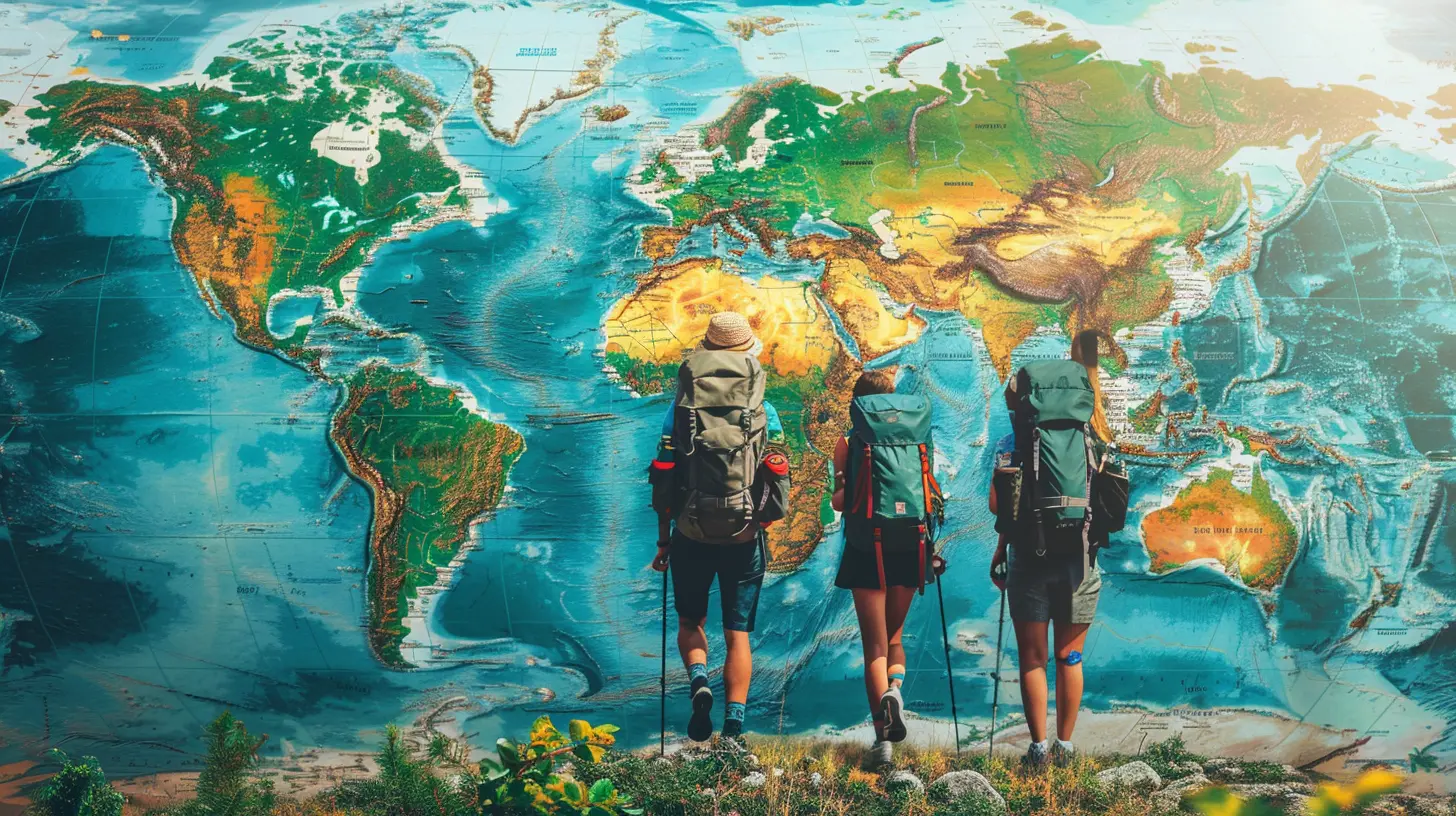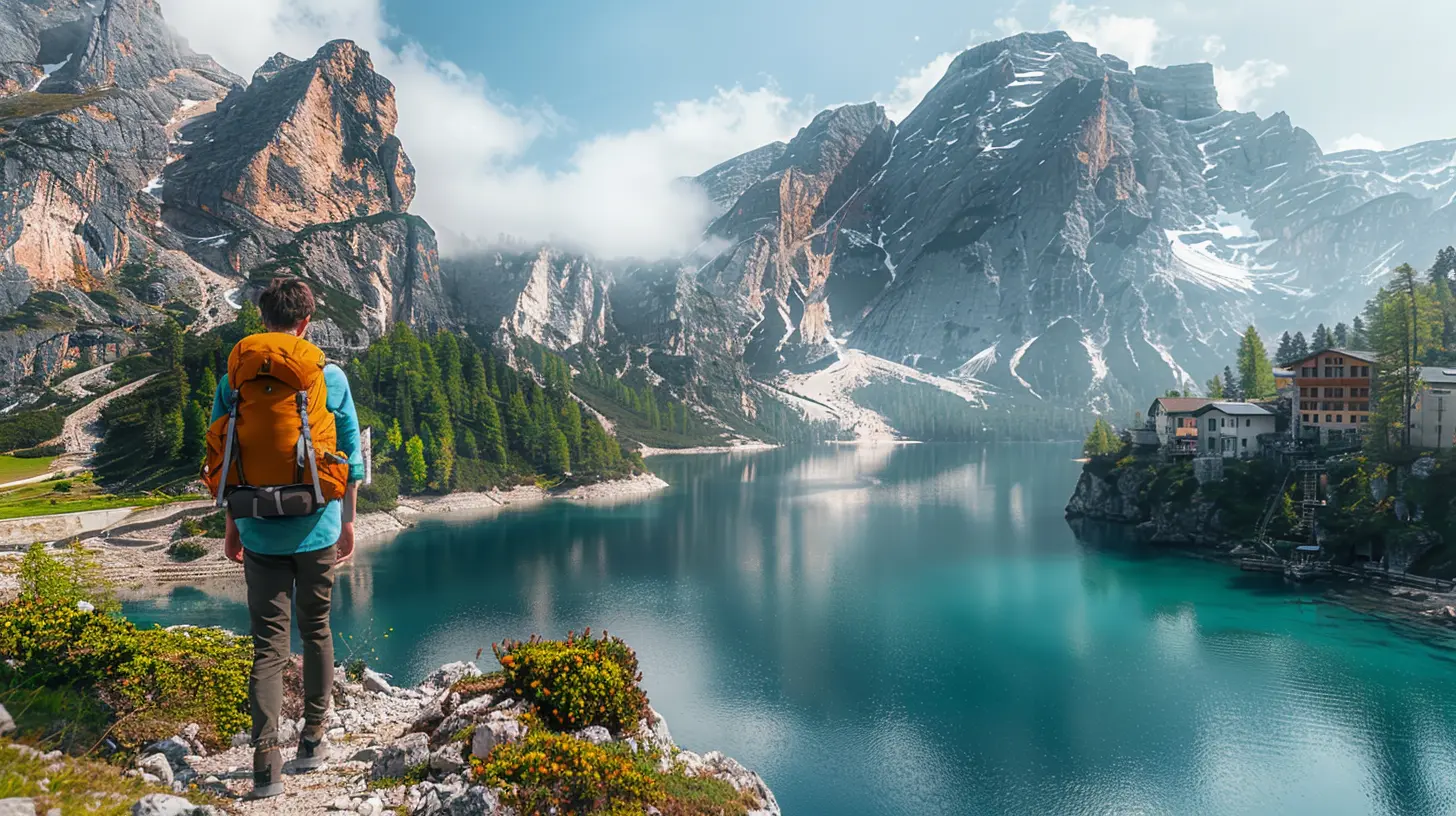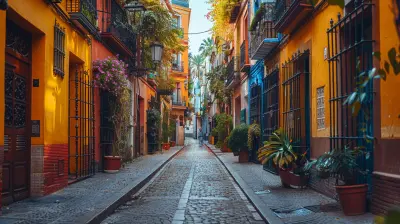Support Local: Eco Travel Destinations That Benefit Local Communities
11 August 2025
Traveling is more than just ticking places off a bucket list. It’s about connection—people, culture, stories, and impact. In a world where mass tourism has left many destinations overrun and local cultures lost in the shuffle, it's time we rethink how we explore. That’s where eco-travel—and more specifically, supporting local communities—comes into play.
Let’s dive into how you can become a more responsible traveler by choosing eco travel destinations that truly benefit local communities. Not only is it better for the planet, it also makes your trip feel more real, more HUMAN. Ready to travel with your heart as well as your backpack? Let’s go!
What is Eco Travel, Really?
Okay, so you’ve probably heard the term “eco-travel” or “sustainable tourism” a bunch of times. But what does it really mean?Eco travel is all about mindful exploration. It's about visiting places in a way that respects the environment, honors the local culture, and gives back to the communities you visit. Think of it as traveling light—not just in your luggage but in your impact.
Rather than those one-size-fits-all vacations where tourists get bused around like cargo, eco travel is personalized, intimate, and focused on genuine local experiences. And the best part? It often means your money goes directly into the hands of families and small businesses who really need it.
Why Supporting Local Matters More Than Ever
Imagine sipping coffee grown in the backyard of the farmer who brewed it for you. Or staying in a cozy homestay where your dollars help a family send their kids to school. That’s the magic of supporting local.Here’s why it’s critical:
- Economic empowerment: Your travel dollars support small businesses, artisans, and family-run accommodations.
- Cultural preservation: Locals are empowered to maintain their traditions, crafts, and rituals when tourists show genuine interest.
- Environmental protection: Locals often know best how to care for their land. Supporting eco-conscious community tourism encourages sustainable practices.
In short? Every dollar spent locally makes a real difference.
1. Lake Atitlán, Guatemala – Community Tourism Among Volcanoes
Nestled in the highlands of Guatemala, Lake Atitlán is not just stunning—it’s soul-stirring. Surrounded by volcanoes and dotted with indigenous Mayan villages, it's a prime example of how tourism can uplift a community while protecting its planet.How it Supports Locals
Many villages around the lake have embraced community tourism. From traditional weaving workshops to cooking classes with local families, your experiences directly support the people living there. Rather than staying in sterile chain hotels, you can opt for eco-lodges or family homestays built from sustainable materials.Insider Tip
Check out San Juan La Laguna, where women-led cooperatives offer art, natural dyeing classes, and local guided hikes. It’s immersive, respectful, and rewarding.
2. Kerala, India – God’s Own Country and Community’s Pride
Kerala’s backwaters are famous for their surreal beauty, but what makes a visit here even more special is the concept of “Responsible Tourism.”How it Supports Locals
Kerala’s Responsible Tourism Mission connects travelers to local experiences—think village life tours, coir-making workshops, toddy tapping (local palm wine), and more. Only local guides and service providers are employed, ensuring that tourism income stays in the community.And if you’re into food (who isn’t?), try a traditional Kerala meal prepared by a local family. It’s a flavor trip you won’t forget.
3. Ghandruk, Nepal – Trekking That Lifts the Community
Forget Everest Base Camp if you’re looking for a more grounded, community-based trek. Ghandruk, a quaint Himalayan village, offers breathtaking views and meaningful cultural interaction.How it Supports Locals
The Annapurna Conservation Area Project (ACAP) promotes sustainable trekking tourism. Local guesthouses here are often family-run, and guides are trained locals. Revenue from trekking permits supports conservation and infrastructure in the region.You get the adventure of the mountains without the ethical baggage of high-impact tourism.
4. Monteverde, Costa Rica – Cloud Forests and Conscious Choices
Costa Rica is often hailed as the gold standard of eco-tourism, and Monteverde is a gem within that crown. But beyond the sloths and cloud forests, there’s a thriving network of community-run eco-lodges and farms.How it Supports Locals
Farm-to-table restaurants, cooperative coffee plantations, and conservation-based tours are all run by locals. Certified eco-lodges reinvest profits into local education and environmental projects. And because the region has embraced its eco-identity, every tourist dollar is a vote for a greener future.5. The Azores, Portugal – Atlantic Islands with Integrity
The Azores are like Europe’s best-kept secret. Think Iceland vibes with a warm Portuguese heart. These lush islands are not only stunning, but they’ve committed hard to sustainable tourism.How it Supports Locals
Local businesses thrive on tourism, and the government has put policies in place to avoid over-tourism. You’ll find hiking guides who are born-and-raised islanders, restaurants sourcing fresh fish from neighbors, and cozy guesthouses that employ locals.It’s tourism done in harmony, not dominance.
6. Bwindi Impenetrable Forest, Uganda – Gorillas and Giving Back
Tracking gorillas might be on your wishlist—but did you know your permit fee can actually change lives?How it Supports Locals
A portion of every gorilla trekking permit goes to local communities for schools, medical clinics, and clean water projects. Plus, many nearby lodges hire and train locals as chefs, guides, and hosts.So when you're looking a majestic silverback in the eyes, know it’s not just a once-in-a-lifetime moment—it’s direct community empowerment.
7. Oaxaca, Mexico – Arts, Culture, and Authentic Engagement
Oaxaca is a cultural kaleidoscope—colorful markets, vibrant textiles, and a food scene that’ll blow your taste buds away. But it’s also a hotspot for sustainable, community-led tourism.How it Supports Locals
From indigenous Zapotec weaving collectives to mezcal tours run by local families, the emphasis is on preserving culture while creating income. Many eco-tour outfits also reinvest profits into women’s education and artisan training programs.The authenticity here isn’t curated—it’s celebrated.
How to Travel More Responsibly
So you’re inspired to support local communities. Awesome. But how do you actually DO it on your next trip?Here’s a quick checklist:
✔️ Stay in locally-owned accommodations
✔️ Eat at family-run restaurants
✔️ Hire local guides and tour operators
✔️ Shop from artisans, not souvenir factories
✔️ Learn a few local phrases—it shows respect
✔️ Ask questions! Learn the story behind the experience
✔️ Be aware of your environmental impact (think reusable water bottles, minimal plastic, etc.)
Bottom line? Travel slow, spend thoughtfully, and engage meaningfully.
The Ripple Effect of Choosing Local
The beauty of eco-travel isn’t just in the landscapes; it's in knowing that your choices matter.When you support a local homestay, you’re not just saving money—you’re helping a child go to school. When you buy handwoven textiles from a village market, you’re preserving a centuries-old tradition. It’s like planting seeds as you travel—ones that can grow into better education, healthcare, and environmental stewardship.
Travel doesn't have to be extractive or shallow. It can be a bridge—warm, welcoming, and wonderful.
Final Thoughts: Travel With Heart
You don’t have to be perfect to be a conscious traveler. Just intentional. Eco travel isn’t only for the ultra-adventurous or the deeply spiritual. It’s for everyone who cares about people, culture, and planet.So the next time you plan a trip, ask yourself: “Am I supporting the local community?” It’s a small question with a big answer. And it just might change the way you see the world.
Travel with purpose. Travel with heart. Support local.
all images in this post were generated using AI tools
Category:
Eco TravelAuthor:

Kelly Hall
Discussion
rate this article
1 comments
Selah Hensley
Empowering communities through responsible tourism is essential for sustainability.
August 20, 2025 at 3:30 AM

Kelly Hall
Absolutely! Responsible tourism not only enhances community resilience but also fosters cultural preservation and environmental conservation. Supporting local eco-travel is a powerful way to ensure that benefits flow directly to those who need them most.


